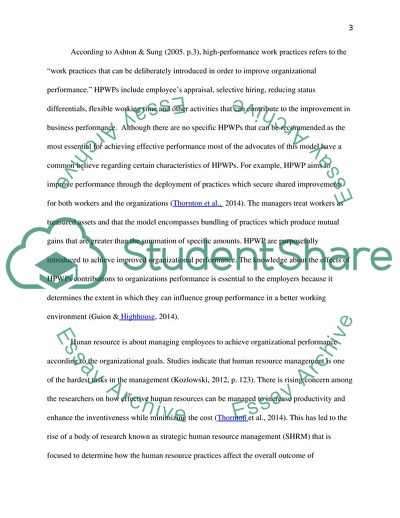Cite this document
(To what extent do high performance work practices improve Essay, n.d.)
To what extent do high performance work practices improve Essay. https://studentshare.org/human-resources/1866472-to-what-extent-do-high-performance-work-practices-improve-organisational-performance
To what extent do high performance work practices improve Essay. https://studentshare.org/human-resources/1866472-to-what-extent-do-high-performance-work-practices-improve-organisational-performance
(To What Extent Do High Performance Work Practices Improve Essay)
To What Extent Do High Performance Work Practices Improve Essay. https://studentshare.org/human-resources/1866472-to-what-extent-do-high-performance-work-practices-improve-organisational-performance.
To What Extent Do High Performance Work Practices Improve Essay. https://studentshare.org/human-resources/1866472-to-what-extent-do-high-performance-work-practices-improve-organisational-performance.
“To What Extent Do High Performance Work Practices Improve Essay”. https://studentshare.org/human-resources/1866472-to-what-extent-do-high-performance-work-practices-improve-organisational-performance.


